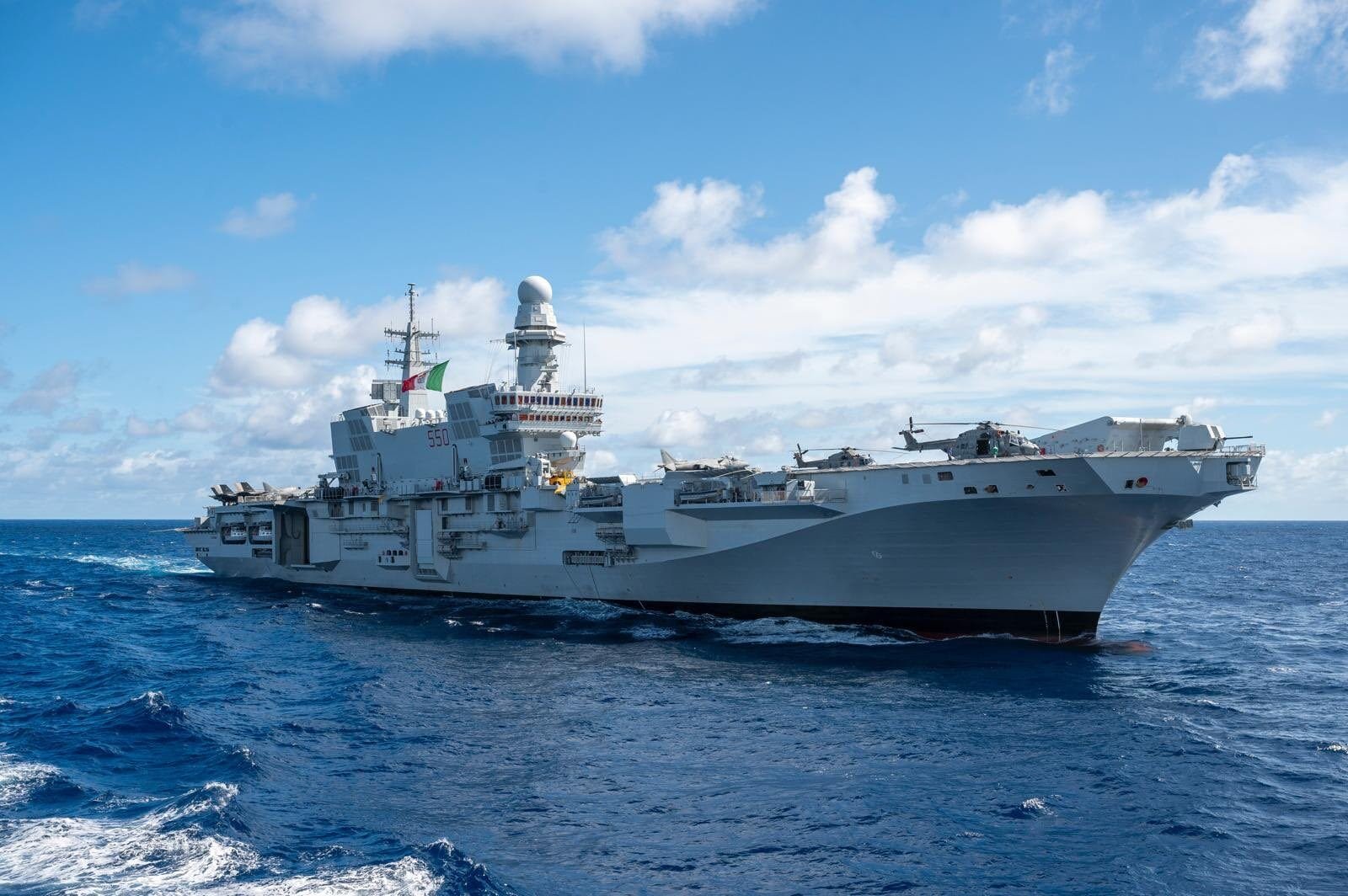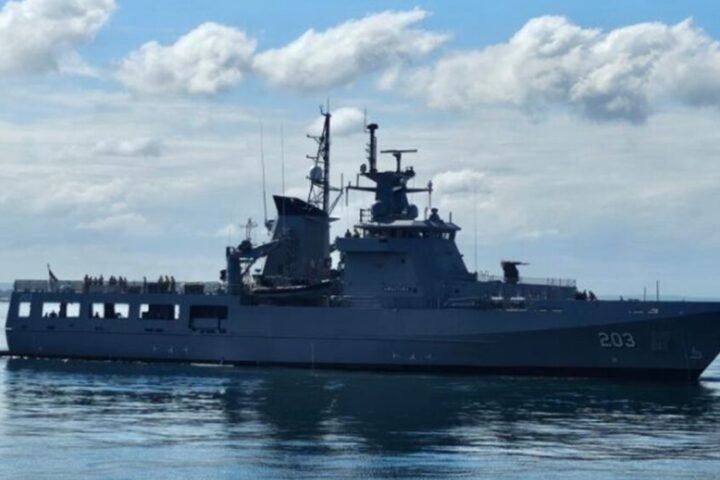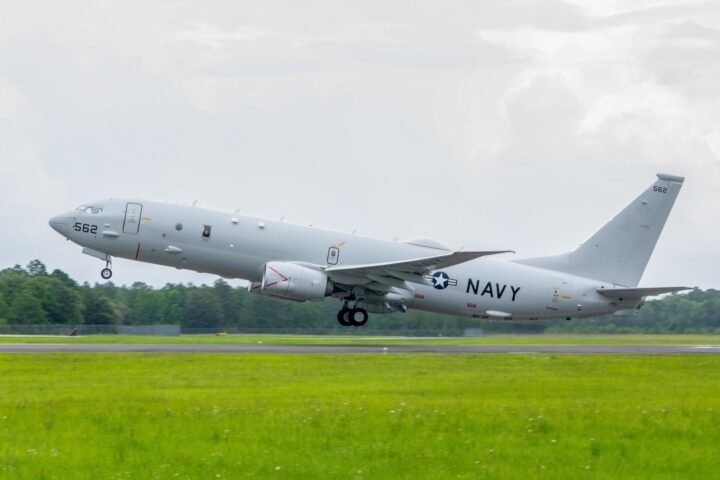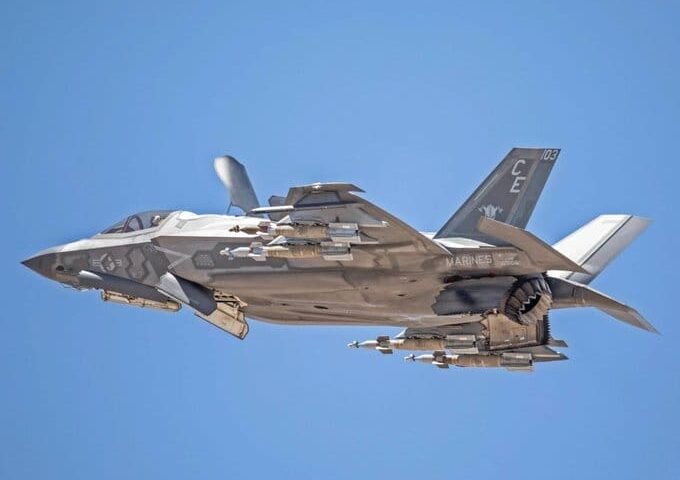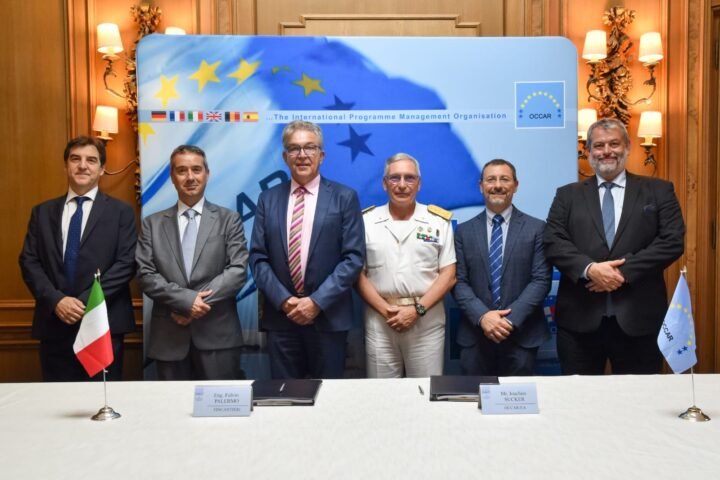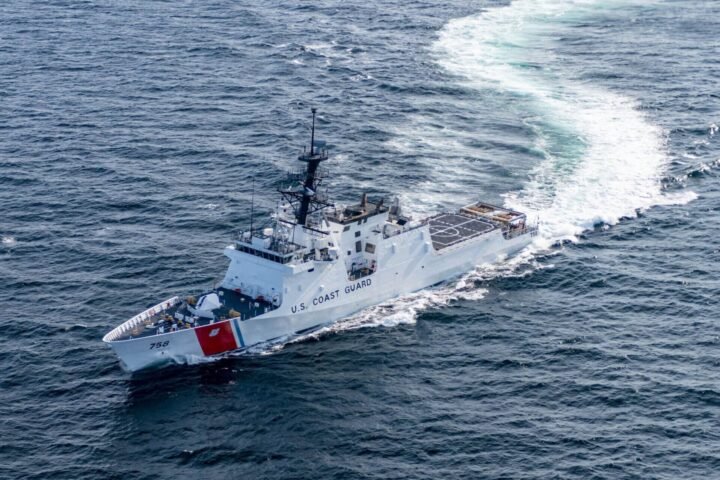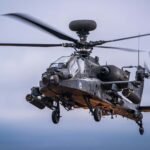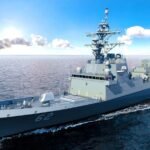For the first time in such a structured manner, the United Kingdom, France, and Italy have decided to **coordinate their naval missions** in the Indo-Pacific, aligning the employment of their respective aircraft carriers. This is not a joint force or a formal alliance, but a strategic agreement. The confirmation of this agreement comes from a parliamentary question by Deputy Ben Obese-Jecty (C) that was directly answered by the Minister of Defense Maria Eagle (Lab).
#### The heart of the initiative: ECGII
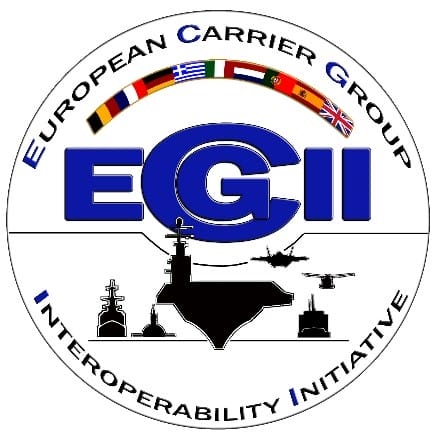
The coordination is born within the **_European Carrier Group Interoperability Initiative_** (ECGII), an initiative that aims to improve the interoperability between European navies—not only from a technical point of view but also operational and strategic. Quietly established, the ECGII now takes a concrete form: London has officially confirmed that its **HMS Prince of Wales** will operate in sync with the **Charles de Gaulle** French aircraft carrier, and the Italian **Cavour**.
This forms a three-pronged mosaic, where each country maintains full control over its own ships, but it sends a **strong signal of European cohesion** in an area now crucial for global balance.
#### A rotating presence

It’s important to clarify that this is not a single intervention force: the three aircraft carriers will not sail side by side as part of a multinational task force, but rather, they will **rotate in the operational theatre**, creating a **continuous and visible European presence**, even without a common command structure. The countries retain their autonomy, deciding independently on the timing, methods, and objectives of their missions.
#### Indo-Pacific as a strategic crossroads
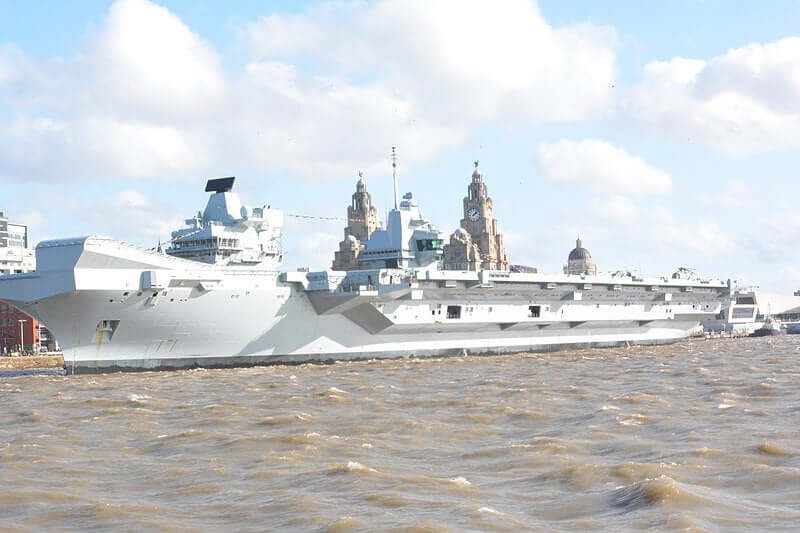
It’s no coincidence that this agreement focuses on the Indo-Pacific region. With the geopolitical hotspot encompassing the Strait of Malacca, the artificial islands of the South China Sea, Taiwan, and the trade routes that fuel the global economy, the region has become a strategic epicenter. A visibly robust naval presence from European democracies serves to **protect economic interests**, and also sends a clear message: freedom of navigation is non-negotiable.
In this sense, the rotational presence of three European aircraft carriers—symbols of naval power, projection capability, and political will—in the area represents a **maturity step** for European defense. The ECGII allows joint work from communication coordination to mutual logistic support, as well as the possibility to integrate flight and helicopter capabilities.
In an era where interoperability is key to addressing complex crises and hybrid conflicts, **this level of integration is much more than symbolic**.
#### A Political Lesson

In the end, this coordination between London, Paris, and Rome answers an increasingly pressing question: **what can Europe do by itself?**
In a global context marked by competition between major powers, tensions in the South China Sea, strategic ambiguity around Taiwan, and increasing Chinese activity, Europe needs to speak with a clearer, and sometimes stronger voice **in a part of the world that is fundamental for the security of the Old Continent.**

